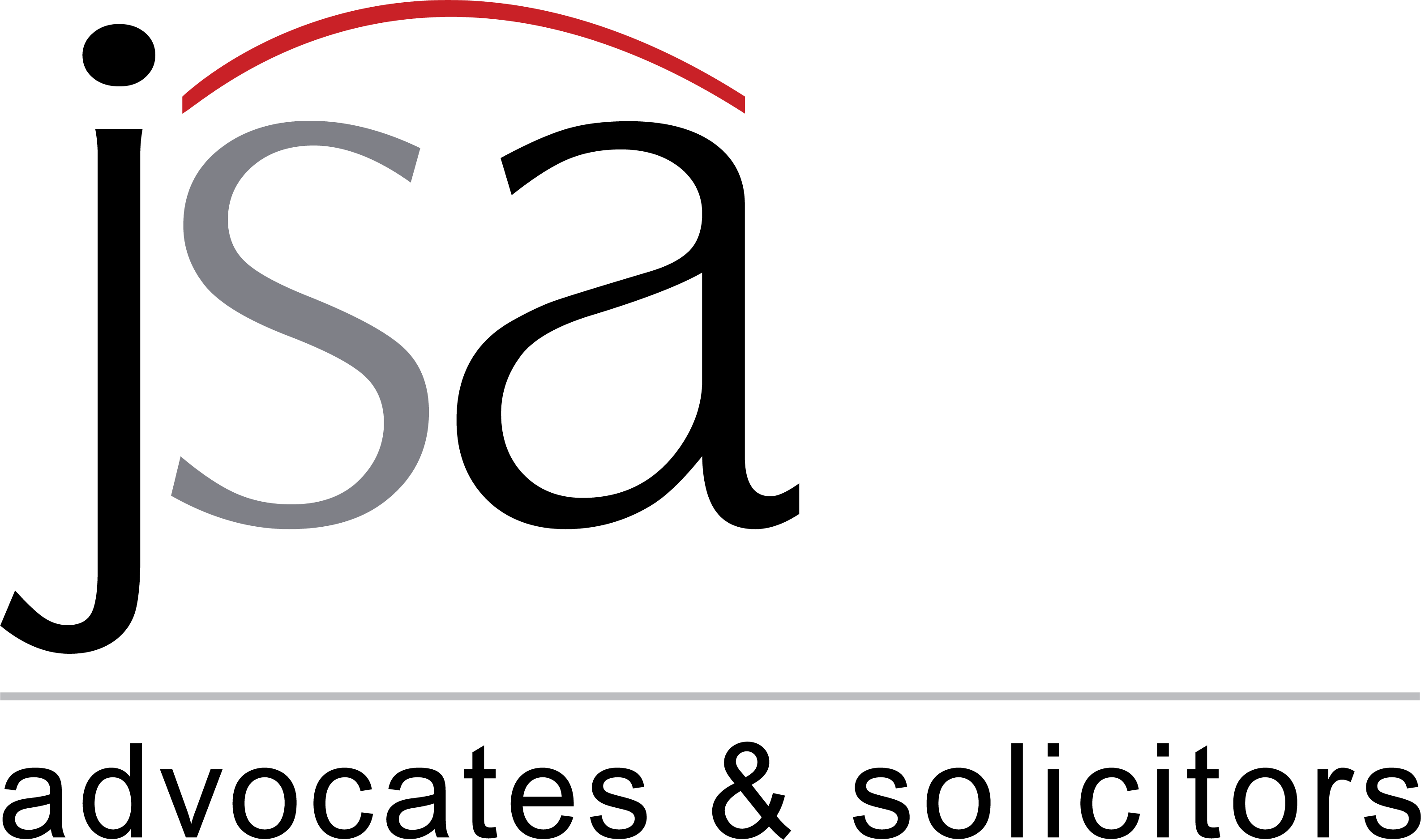I. Introduction
On August 6, 2020, the Reserve Bank of India (“RBI”) promulgated a special regulatory package – Resolution Framework for Covid-19-related Stress (“Covid Resolution Framework”). This package has been introduced because several Indian borrowers have been adversely affected by the pandemic and are facing difficulties in servicing their debt obligations. The moratorium imposed by the RBI has provided some breathing space to such borrowers, but once that expires, several borrowers may need to restructure their debts as they recover from the havoc Covid-19 has created in their businesses. Lenders also need an effective and flexible restructuring tool for Covid-related defaults and the existing Prudential Framework for Resolution of Stressed Assets dated June 7, 2019 (“June 7 Framework”) of the RBI may not cater to their needs arising specifically out of the pandemic. The Covid Resolution Framework applies to personal loans as well corporate loans. However, in this update, we are focussing only on resolution of corporate loans.
II. Hallmarks of the new framework
The hallmarks of the Covid Resolution Framework are as follows:
• It is exclusively directed towards viable businesses with temporary stress due to the pandemic;
• It is applicable to wider array of domestic financial institutions than the June 7 Framework;
• It endeavours to provide a system of economic incentives and disincentives for implementing a resolution plan within strict timelines and aims to address some intercreditor problems; and
• Unlike the June 7 Framework, this framework enables restructuring without any corresponding asset classification downgrade.
III. Applicability
(a) Type of Lender: The Covid Resolution Framework has been made applicable to all types of Indian banks, all-India financial institutions and non-banking finance companies (“NBFCs”) including housing finance companies (collectively, “Lending Institutions”). Lending Institutions need to frame a board-approved policy for evaluation of resolution plans and objective criteria to be applied when considering a resolution plan. Participation by other financial players like mutual funds, debenture holders, lenders of external commercial borrowings and alternative investment funds has also been enabled, subject to them agreeing to the terms of the inter-creditor agreement.
(b) Type of Borrower: Loans to almost all types of corporate borrowers can be resolved under the Covid Resolution Framework. The only exceptions are:
(i) debts to medium, small and micro enterprises which are INR 250 million or less; (ii) farm credit; (iii) loans to Primary Agricultural Credit Societies, Farmers’ Service Societies and Large-sized Adivasi Multi- Purpose Societies for on-lending to agriculture; (iv) exposures to financial service providers (as defined under the Insolvency and Bankruptcy Code, 2016 (“IBC”)); (v) exposures to governmental and statutory bodies; and (vi) exposures of housing finance companies where the exposure has been rescheduled under certain provisions, unless another Lending Institution invokes a resolution plan under this framework.
(c) Type of loans: For the loan account to be eligible for resolution under the Covid Resolution Framework, it needs to be: (i) a standard account, (ii) not in default for more than 30 days with any Lending Institution as on March 1, 2020 and (iii) the account should continue to remain standard till the date of invocation.
The reference date that will be considered for the outstanding amount of debt for resolution under thisframework will be March 1, 2020.
(d) Restructuring of ineligible accounts: Accounts that do not fall under the Covid Resolution Framework can continue to be considered for resolution under the June 7 Framework or other relevant frameworks, where the June 7 Framework is not applicable.
IV. Invocation Process and Inter-Creditor Arrangements
(a) Relevant time periods:
A resolution under this Covid Resolution Framework can be invoked until December 31, 2020. Once a resolution is invoked, the same needs to be implemented within 180 days thereafter. The Covid Resolution Framework does not specify when the implementation is deemed completed. In this regard, it would be useful to refer to June 7 Framework which specifies when the implementation is deemed to be completed for different types of resolution plans.
(b) Date of invocation:
The date of invocation will be as follows: (i) in case of sole Lending Institution, the date on which the Lending Institution accedes to a request from the borrower for resolution under the Covid Resolution Framework; and (ii) in case there are multiple Lending Institutions, the date on which 75% of them by value and 60% by number (“Specified Majority”) agree to the invocation.
(c) Execution of an Intercreditor Agreement (“ICA”):
In case of multiple Lending Institutions, within 30 days of the invocation date, all Lending Institutions are required to execute an ICA for cases requiring implementation of a resolution plan. If the Specified Majority does not sign the ICA within the specified 30-day period, then the invocation under the Covid Resolution Framework will be deemed as lapsed. No second invocation is permitted in these cases. Those resolution plans are then governed by the June 7 Framework. The framework permits lenders to the borrower, who are not the Lending Institutions, to also sign the ICA if they desire. Once the ICA is signed, it is binding on them.
(d) Contents of the ICA:
The ICA must specifically provide for: (i) an effective dispute resolution mechanism inter-se the lenders (as the RBI will not interfere in such disputes) and (ii) suitable mechanisms for information sharing amongst Lending Institutions during and after implementation of the resolution plan.
(e) Breach of timelines: If any timelines under this Covid Resolution Framework are breached, then the framework will cease to apply. Thereafter, any resolution plan shall be governed by the June 7 Framework or any specific framework applicable to lenders to whom the June 7 Framework does not apply.
V. Role of Expert Committee
(a) Recommending parameters: The RBI has set up an expert committee under the chairmanship of Mr. K.V. Kamath for recommending financial parameters and sector-specific benchmarks to be factored into the resolution plans.
(b) Approval for certain plans: Further, all resolution plans for accounts where the aggregate exposure is in excess of INR 1500 crores (INR 15 billion) require approval of the expert committee. While the expert committee will check if processes have been followed, it will not interfere with the commercial judgement exercised by the lenders.
VI. Resolution Plans
(a) Type of restructuring: In addition to parameters as per the recommendations of the Expert Committee (which must be included in each resolution plan), the resolution plans under this Covid Resolution Framework may have any of the features permitted under the June 7 Framework, other than compromise settlements. These include the following:
(i) regularisation of the account by payment of all over dues by the borrower entity;
(ii) sale of the exposures to other entities / investors;
(iii) change in ownership; and
(iv) restructuring.
(b) Additional financing: The resolution plan may include terms for providing additional finance to the borrowers. However, it should be noted that the framework itself does not provide any priority on repayment to the additional financing providers.
(c) Moratorium: The resolution plan can also provide an extension of the tenor of the loan by up to 2 years, with or without moratorium. Any moratorium granted would come into effect immediately on implementation of the plan.
(d) Conversion of the debt: The resolution plan may provide for conversion of a portion of the debt into equity or other marketable, non-convertible debt securities issued by the borrower. However, the amortisation schedule and the coupon carried by such debt securities should be similar to the terms of the debt held on the books of the Lending Institutions, after implementation of the resolution plan. The holding of such instruments by the Lending Institutions is subject to any applicable existing instructions on investments. The valuation of any equity instruments will be in accordance with the June 7 Framework, and the valuation of the debt securities will be as per existing norms applicable to the specific category of Lending Institutions.
VII. Other features
(a) Credit Evaluation: For borrowers where the aggregate exposure of the Lending Institutions at the time of invocation is INR 100 crore (INR 1 billion), the resolution plans need an independent credit evaluation by one credit rating agency authorised by RBI under the June 7 Framework.
(b) Escrow Mechanism: In case of consortium or multiple banking arrangements, all resolution plans must provide that all receipts, repayments and additional disbursements will be routed through an escrow account that will be maintained with one of the Lending Institutions. Lending Institutions are required to enter into an escrow agreement which details the roles and responsibilities of the escrow agent and an enforcement mechanism that is available to the escrow agent in case any Lending Institution does not service its disbursement obligations on a timely basis.
VIII. Asset Classification
The following asset classification norms apply:
(a) Borrowers’ accounts: If the plan is implemented, then the accounts which are classified as standard can retain such classification, and borrowers’ accounts which may have slipped into the non-performing asset (“NPA”) classification between invocation and implementation may be upgraded as standard.
(b) Additional financing: Any additional finance provided during the implementation phase may be classified as a standard asset regardless of actual performance of the facilities. After the implementation, the asset classification will be based on the actual performance of the additional financing or rest of the facilities, whichever is worse.
IX. Provisioning requirements
(a) Lenders that sign the ICA within 30 days: For such lenders, after implementation, the provision will be the higher of the provisions as per the existing income recognition and asset classification (“IRAC”) norms prior to implementation or 10% of the total residual debt (including debt securities).
(b) Lenders that don’t sign the ICA within 30 days: For such lenders, after the expiry of 30 days, the provision will be the higher of the provisions as per the existing IRAC norms or 20% of the total debt in their books (i.e. the carrying debt). Further, as a greater disincentive, if an implementation lapses because the ICA signing thresholds are not met, then the Lending Institution which agrees to sign the ICA within 30 days but actually does not do so, shall be required to hold 20% provisioning on the carrying debt.
(c) June 7 provisions: Any additional provisions maintained under the requirements of the June 7 Framework may be reversed upon invocation of the resolution process under the Covid Resolution Framework.
(d) Reversal of provisioning by ICA signatories: The provisions maintained by ICA signatories may be reversed in the following manner: (i) 50% upon repayment of 20% of the residual debt; and (ii) the balance 50%, upon repayment of additional 10% of the residual debt, without slipping into the NPA category in each case.
(e) Reversal of provisioning by non-ICA signatories: The provisions maintained by Lending Institutions that did not sign the ICA may be reversed in the following manner: (iii) 50% upon repayment of 20% of the carrying debt; and (iv) the balance 50%, upon repayment of additional 10% of the carrying debt, subject to IRAC provisions being maintained.
X. Post Implementation Default
If there is a default by the borrower with any ICA signatories during the “monitoring period”, it triggers a review period of 30 days. If the default continues at the end of the review period, the asset classification of the borrower with all Lending institutions, including those who did not sign the ICA, will be downgraded to NPA. The NPA downgrade will be from the date of implementation of the resolution plan or the date from which the borrower had been classified as NPA before implementation of the plan, whichever is earlier. The “monitoring period” is the period starting from the date of implementation of the resolution plan till the borrower pays 10% of the residual debt, subject to a minimum of one year from the commencement of the first payment of interest or principal (whichever is later) on the credit facility with longest period of moratorium.
XI. Disclosures
All lenders are required to make disclosures regarding details of accounts restructured under this Covid Resolution Framework in their quarterly and/ or half- yearly financial statements.
XII. Conclusion
At a time when proceedings under the IBC have been suspended for defaults that take place between March 25, 2020 to September 24, 2020 (which can be extended upto another six months), the Covid Resolution Framework hopes to provide some respite to lenders and borrowers. While a one-time settlement scheme was most sought after, the RBI in its wisdom has decided against providing that flexibility to borrowers and lenders. However, the economic incentives (and disincentives) provided to the Lending Institutions coupled with a robust escrow mechanism for monitoring inflows and outflows should help mitigate some of the intercreditor issues plaguing restructurings under the June 7 Framework and give an impetus to lenders to effectively use this framework to restructure some of their debts. It would also be important for other financial sector regulators to extend co-operation in making this special package as broad- based and comprehensive as possible.







Soumitra specializes in Banking & Finance. He works closely with Indian and multinational banks, development financial institutions, commodity finance houses, non banking finance companies as well as corporates, for structuring, due diligence, documentation and negotiations.